Choosing a kitchen hood
To keep the air in an apartment or house fresh, without foreign odors, an effective ventilation system is needed. In addition, in the kitchen, it is necessary to quickly remove the smells of cooking food, fumes and soot that are formed in the process. The most productive way is a special device - a kitchen hood. This device is located above the stove and sucks in polluted air with the help of built-in fans. Let's talk about how to choose a hood for the kitchen.
The content of the article
What is a kitchen hood and what is it for
The hood for the kitchen is a forced ventilation device that removes the smell of cooking food from the room, cleans the air from steam, smoke, soot, gas combustion products, etc. It does not allow vapors to spread throughout the apartment; soot does not settle on walls, furniture, textiles. As a result, repairs and cleaning are required less often, and the feeling of freshness and cleanliness lasts longer, and not only in the kitchen, but throughout the apartment or house.
In a kitchen with a gas stove, a hood is needed because it removes the products of gas combustion more efficiently than natural ventilation. But this does not mean that it is not needed above the electric stove. There is fumes in any case - you cook with gas or with electricity. The difference in the required power - for gas stoves, it should be higher than for electric ones.
Types of hoods for the kitchen
It will be easier to choose a hood for the kitchen if you know what types of exhaust equipment are, their advantages, disadvantages, and features. First of all, let's define the operating mode. They are of two types:
- Cooker hoods with ventilation outlet. They are also called flow-through or retracting. They discharge the polluted air into the ventilation system or through an opening in the wall to the street (depending on the selected type of connection). Their disadvantage is that for normal operation, a ventilation duct of a large cross-section and openings for inflow are required, which ensure the supply of fresh air instead of the withdrawn air.
- Cooker hoods without ventilation. The second name is recirculation or filtering (purifying). Air is sucked in from below, cleaned in the internal filters of the unit, and enters the room. The disadvantage of this system is the need to clean and / or replace filters.
There are models of kitchen hoods that combine both types (combined), the operating modes are switched by a button. These devices are more expensive, more versatile, but have disadvantages of both types: a powerful ventilation system with sufficient performance and replacement of filters are needed.
Classification by type of location
To choose a hood for the kitchen, you must also decide on the type of its location. With this, everything is simple - we choose depending on where the stove is:
- Corner ones are placed in kitchens where the stove is in the corner.
- An island (ceiling) is placed where the stove is in the middle of the room.
- Wall - the plate is installed against the wall.
You also need to choose the type of kitchen hood according to the installation method. The difference is the way you interact with furniture. On this basis, they are:
- Suspended (classic, standard, flat). Most often these are recirculating models without exhaust to ventilation. They are mounted under the bottom of the hanging cabinet, are small in size, take up little space, but have a low performance. More often they are mounted in small kitchens up to 10 square meters.
- Embedded. The hood body is hidden in a special wall cabinet, only the front panel remains outside. It can have a retractable part, due to which the air intake area is increased. They can be of any capacity, therefore they are suitable for kitchens of any area. The price does not differ too much from built-in ones.
- Dome (fireplace). This type of equipment is open, has a volumetric dome for collecting and removing polluted air, and wall cabinets (if any) are located nearby. Power can have any, except for air purification, it also serves as a decoration of the room, is made of expensive materials (stainless steel, copper, wood, glass), has the highest price.
- Inclined. The newest type of cooker hoods. It does not functionally differ from built-in ones, but has a different appearance. The power can be different, the materials for the manufacture are stainless steel, glass, ceramics. As well as domes, it belongs to the design technique, and accordingly has a high price.
Having dealt with the types, you know how to choose a cooker hood for the kitchen according to this principle, but there are also technical parameters and additional functions, and you need to deal with them separately.
Technical specifications
After selecting the type of hood for the kitchen, you need to decide on the technical characteristics. These are performance, power consumption, number of motors and operating modes, noise level, control type, dimensions.
It must also be said that in most hoods, lamps are installed to illuminate the working area. This is almost the norm, the difference is only in the number of lamps and their power, but this is also worth paying attention to. This is a very useful option as there is no need to arrange the lighting in any other way. What else can you pay attention to? The type of lamps. More often there are ordinary incandescent lamps, sometimes halogen ones, but there are models with LED ones (BOSCH DIB091K50, NEFF I79MT64N1, IEMENS LC98, etc.). They give brighter light, and consume 9-10 times less electricity.
Performance selection
The performance of a cooker hood is the ability to purify a certain volume of air per unit of time. Usually measured in cubic meters per hour (cube / hour or m3/ h). To choose a kitchen hood for this parameter, you need to know its volume. This requires the width, length and height of the room. We multiply these data (in meters), we get the volume. For example, a kitchen is 3 * 3 meters with a ceiling height of 2.7 m. Multiplying all three numbers, we get 3 * 3 * 2.7 = 24.3 cubic meters.
According to the norms of SES in the kitchen, the air must change at least 12 times per hour, therefore we multiply the figure found by 12. For our example, it turns out: 24.3 * 12 = 291.6 cubic meters / hour. This will be the minimum performance for this example. There is even some margin here, since some of the volume is occupied by furniture.
In addition to calculations, it is worth considering the layout and size of the kitchens. In small kitchens, the intensity of odors is greater. For faster removal, it is worth having a power reserve of about 25-30%. Since in the example the kitchen was clearly small - 3 * 3 meters, we multiply the found figure by 1.3. It turns out 291.6 cubic meters / hour * 1.3 = 379.8 cubic meters / hour. That is, you need to look for a kitchen hood with a capacity of at least 380 cubic meters / hour.
The same or more performance margin is needed if the kitchen is combined with the living room or dining room. Although the volumes are large, odors must be removed even faster, otherwise they will spread throughout the apartment, which is completely undesirable. The stock can be 40% or more (accordingly, it is necessary to multiply by 1.4 or 1.5).
Number of motors, operating speeds, noise level
Air is drawn into the hood when the exhaust fan is running.Usually it is one, but there may be two (for some models GORENJE, BOSCH, HANSA, KAISER). By turning them on / off, we change the performance of the equipment. In addition, the fans can have several speeds. By changing the speeds, we more accurately adjust the operating mode to the given situation. This removes odors and saves energy.
For example, a kettle is boiling on the stove. To remove steam / odor, it is enough to turn on one fan at minimum speed. When all the burners are occupied, to cope with the situation, we turn on everything to the maximum. So everything is clear here - the more modes of operation, the more accurately you can control the situation.
When choosing a cooker hood, pay attention to the level of noise generated by the fans. The maximum permissible noise level in an apartment in the daytime is 55 dB, at night - 40 dB. Comfortable 25-35 dB. It is clear that the hood should be as quiet as possible. The problem is that these models cost more.
Anti-return valve
A very useful thing for hoods with ventilation ducts, but usually installed in expensive models. This valve prevents backflow of contaminated air in the event of backflow. If there is a strong wind outside, which blows into the pipe, it blocks the gap. BOSCH DIB091K50, NEFF I79MT64N1 and some other models have such a valve.
The good news is that if this valve is not present, it can be installed on the duct. They are sold in the same stores as corrugation or other types of air ducts.
Control type and additional functions
The kitchen hood can be mechanically or electronically controlled. The simplest, cheapest and most reliable is push-button, with or without sliders. The front panel has buttons / toggle switches and sliders. We change their position, turn on and off the motors, change the speed of the fans. The same buttons turn on and off the backlight lamps. This control is understandable, familiar, it is easy to repair it in case of failure. The disadvantage is that in order to change something, you need to go to the installation and press the buttons, it is impossible to organize automatic work.
Electronic control is of varying degrees of complexity. There are models with buttons - tactile or touch (SHINDO Aero Duo, HANSA), with which the operating modes are set. There are models with remote control, sometimes it is also possible to change modes from the panel on the hood. In any case, there is a small LCD screen that displays the current state of the equipment.
Electronic control makes it possible to set the timer to turn off or turn on the motors at a certain time. There is also equipment that automatically changes the speed of work depending on the degree of air pollution (sensors). There are models that can be controlled via Wi-Fi from anywhere in the world. It is clear that this equipment is more complex and expensive. With all this, it is more demanding on the power supply - such control is done on microprocessors, and they often fail during surges in our power grids.
In general, it is not too difficult to choose a cooker hood for the kitchen according to this principle. If the budget is tight, mechanical control will be more appropriate. The type of implementation - buttons, knobs or sliders - you choose based on your own preferences. They are about the same in terms of reliability and price, and outwardly - whoever likes what.
If you pay more attention to comfort and are willing to pay more for it, choose an electronically controlled kitchen hood. Choose the number of additional functions and types of buttons (if any) according to your tastes, as for manufacturers, it is better to choose well-known brands.
Dimensions
To choose a kitchen hood by size, you need to know the dimensions of the stove. In order for odors and steam to be removed efficiently, it is desirable that the hood was not less than the width of the plate, or better - even wider. Some models have a pull-out panel for increased efficiency. It opens forward, covering a large area.
Now you know how to choose a hood for the kitchen in all respects, all the subtleties and nuances.

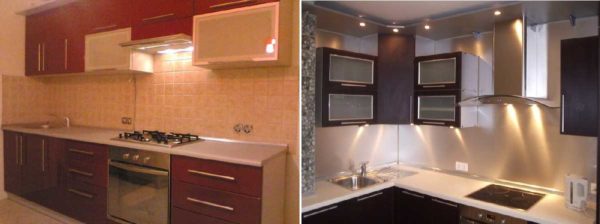
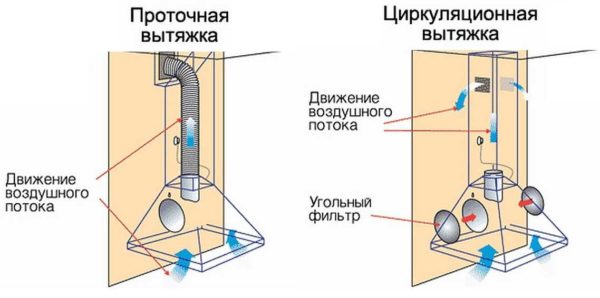
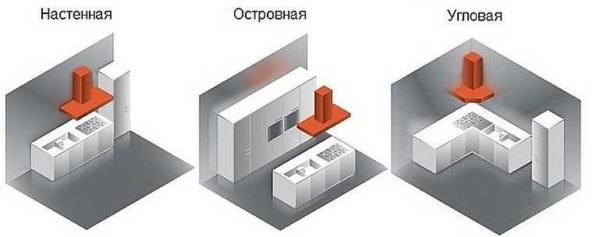

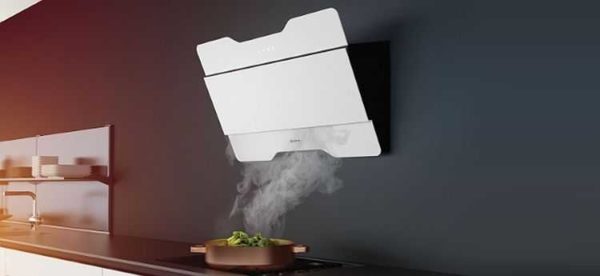
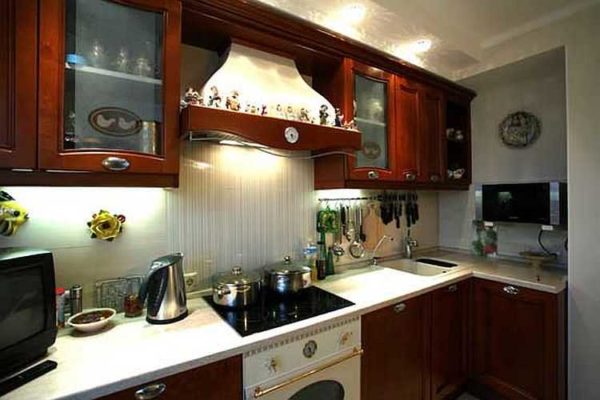
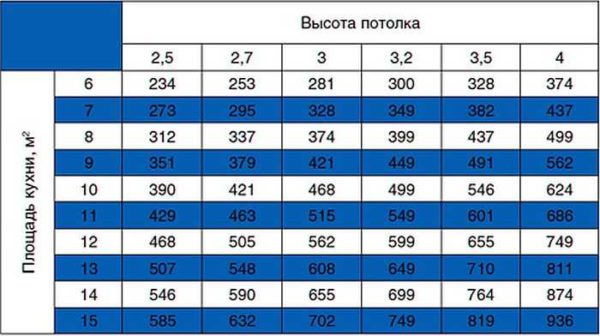
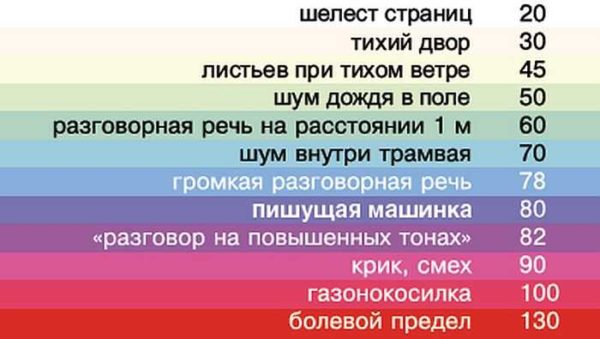
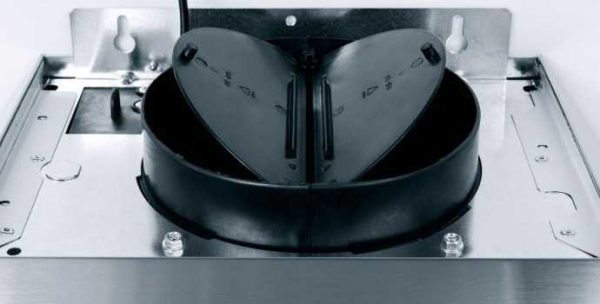

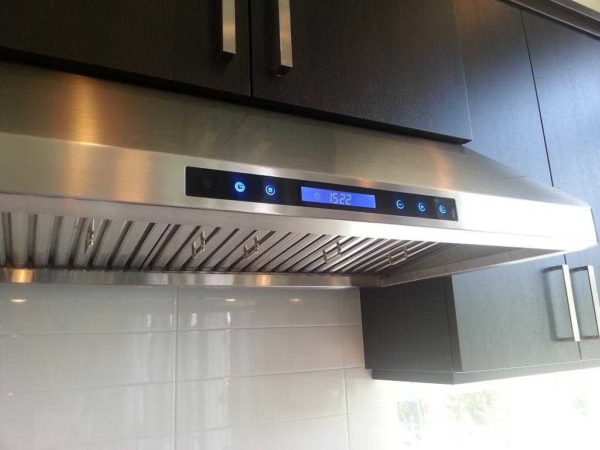
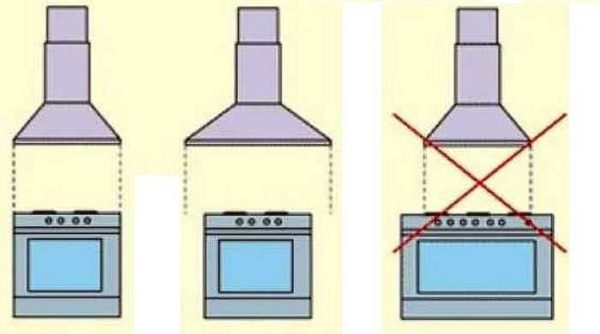
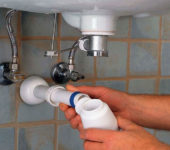
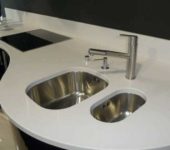
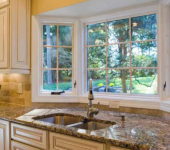
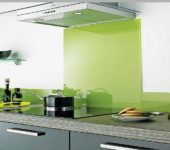
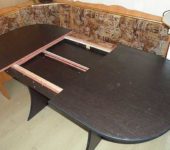





We bought a cooker hood, looked at boxbury, everything is ok. At low power it is almost inaudible, but at high power it hums decently. In general, an irreplaceable thing in the kitchen. By the way, we took it to Avito - it turns out there, and you can find online stores, but we did it.
What are you, the hood is a mega-thing in the kitchen))) As soon as my husband and I bought it, I looked at the kitchen in a new way and spent many hours cooking there) We have a combined layout of the apartment, it is also called American, so the experts advised to purchase the ELEYUS STORM 700 hood 60. We successfully found her in the store on Avito. It suited us perfectly. Not only is it very cool in design, it has a steel body, but it is also super-powerful. Aluminum filter inside, easy to clean. There are three speed modes and mechanical adjustment buttons. Not noisy.